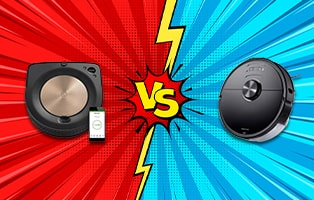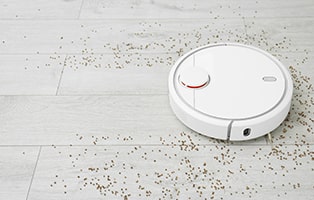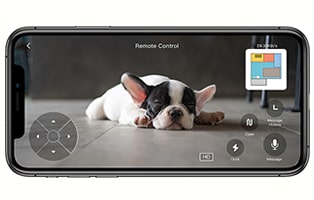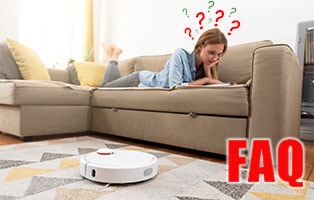Here’s our Robot Vacuum Navigation Overview. Read all about the Systems that Propel these Amazing Machines in our Enlightening Article!
When robotic vacuums first rolled onto the world stage, the technology used to propel them was primitive to the nth degree. They weren’t very intelligent, haphazardly moving from one end of a home to another as they clumsily bumped into walls and any objects that stood in their way. Much of the time, this meant leaving parts of a floor uncleaned. These early models frequently became trapped on thick carpets and were known for taking tumbles down staircases because they didn’t have cliff sensors.
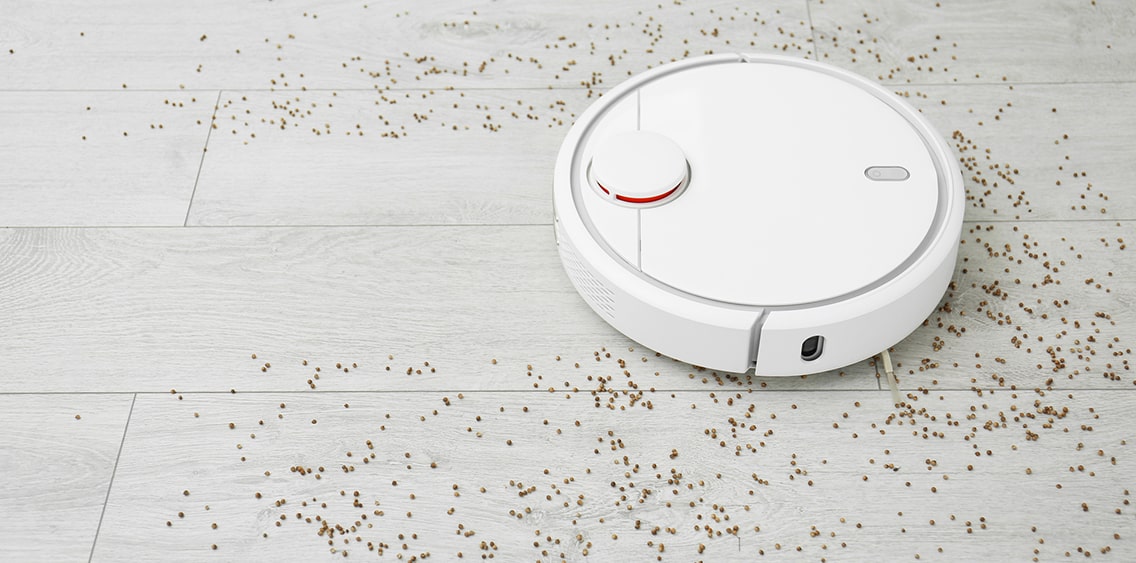
It’s a wonder they got any cleaning done!
These days, robotic vacuum cleaners are stunning technological marvels, with bells and whistles that would have sounded like something out of a crazy science fiction novel just a few short years ago. One of the areas where robovacs have made the most significant strides is navigation. Cutting-edge technology such as LiDAR and SLAM help to expertly guide a vacuum efficiently through your home so that it can suck all the embedded filth from your floors, saving you a ton of time and labor in the process.
Robotic Vacuum Navigation Origins
Robovacs developed from the research of Rodney Brooks, an MIT roboticist and one of the people who founded iRobot, makers of the Roomba. He was bored to death with teaching computers to play chess and wanted to focus on something much more fundamental: the nature of intelligence.

He studies insects such as mosquitoes and ants because he wondered how something so tiny could accomplish so much. Brooks would sit around in the tropical heat of Thailand, looking at bugs buzzing around his head with their small little brains. He was mesmerized by their ability to accomplish tasks such as hunting and mating that would be immensely complex for a computer.
Insects don’t endlessly assess a situation, consider all the various options, and then meticulously plan their movements. Instead, their minuscule brains are powered by feedback loops honed to a razor-sharp point over millions of years.
Sensory input from the environment causes them to react in preprogrammed ways. This was the epiphany that led Brooks to stop programming robots with complicated mathematics and start writing software with simple rules.
Brooks realized that while a single bug doesn’t have much brain power, it can follow a set of instructions that allow it to search for food, seek out other insects, and find its way back to home base.
Eventually, he leveraged this realization by creating the planet’s first robotic vacuums. He did so by coming up with some basic rules for the machine to follow when cleaning a home, which Brooks called “behaviors.”
For example, the straight behavior tells the bot to keep going in a beeline until it hits something. The bounce behavior tells it that it should stop, turn away from the wall, and move in a straight line when it hits something.
The spiral behavior tells it to move outward, cleaning the floor in ever-expanding circles. A similar set of behaviors determine what the bot should do when it gets stuck. These behaviors include rotating and backing up so it can free itself.
Sensor Mapping
Robotic vacuum navigation relies on sensors that guide a bot through a home and help it steer clear of obstacles. The most basic robotic vacuums are 100% dependent on them to clean. However, advanced robots use more advanced technology in addition to sensors.
Wheel Sensors
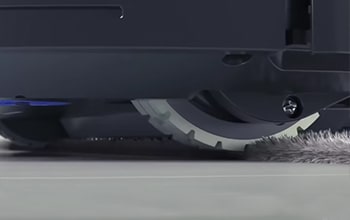
Wheel sensors count the number of times the wheels of a vacuum robot rotate. That way, it can figure out how much distance it covered and how much further it needs to go.
Once upon a time, virtually every robotic vacuum cleaner on the market used this technology. Nowadays, it’s rapidly fading into the dustbin of history, and only low-end models have wheel sensors these days.
That’s because while these types of sensors are effective, they could be more efficient. A cleaning bot must make multiple passes to ensure complete coverage using this method, which typically means longer vacuuming times and uneven cleaning.
Cliff Sensors
Cliff sensors prevent your robovac from taking a nasty tumble down the stairs. Having one of them in your vacuum droid minimizes the chances it tackles a steeper drop than it can handle, thereby preventing expensive damage.
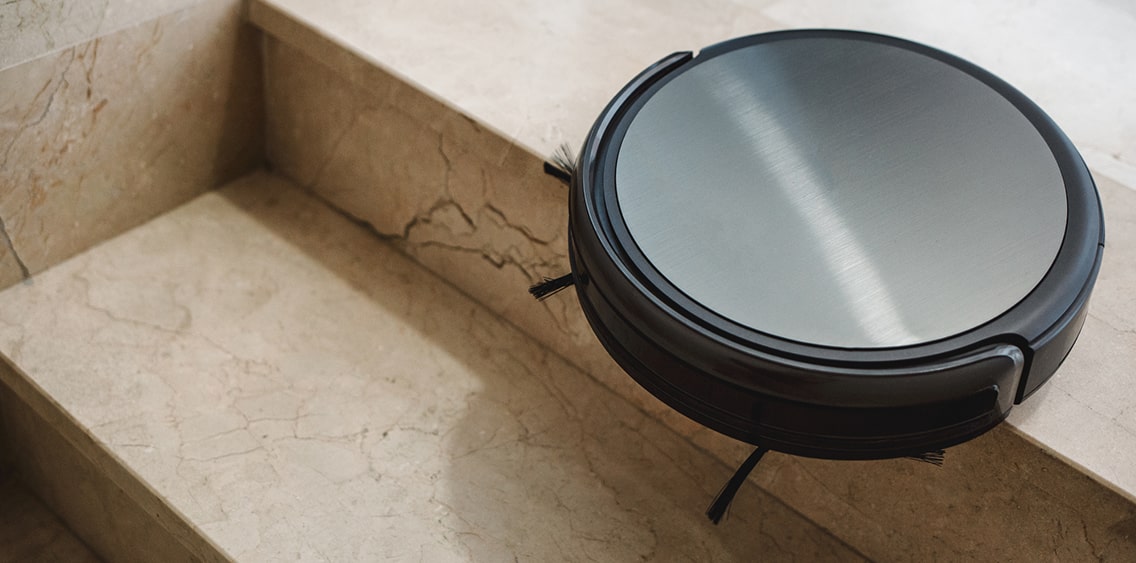
Cliff sensors measure the space between the robot base and the floor by bouncing infrared light off the ground. A sudden increase in distance tells the bot that it’s getting dangerously close to a stair edge or another steep dropoff. That way, it can back off to avoid a tragic accident.
Wall Sensors
Wall sensors help a vacuuming droid detect walls using infrared light. That way, it can clean along the edges where the wall meets the floor without bumping into and scuffing the wall. This not only boosts cleaning efficiency but prevents damage to the unit and your home.
Obstacle Sensors
To a vacuum robot, the floors of your home are a minefield of obstacles threatening to derail it from its mission to clean your house. These booby traps include couches, kids’ toys, and coffee tables.
Luckily, most robovacs nowadays come equipped with obstacle sensors in the form of shock-absorbing bumpers that allow the unit to steer clear of obstructions. A bumper impacting an object triggers a sensor, informing the bot it needs to find a less treacherous cleaning path.
Carpet Sensors
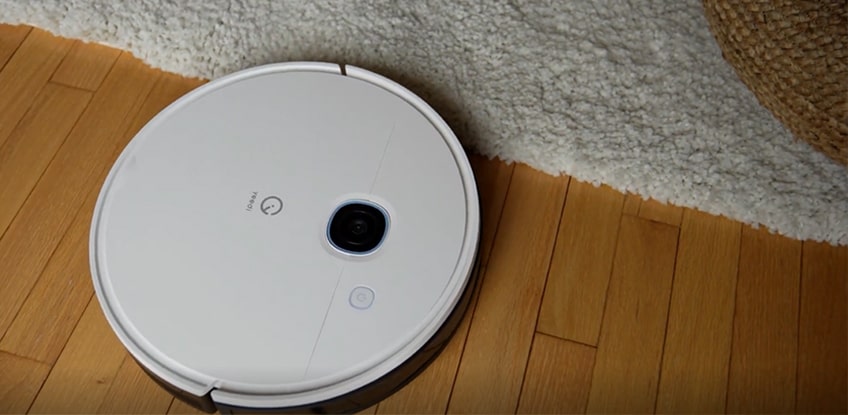
Some robotic vacs have carpet sensors, which help them distinguish hard flooring from rugs. Units that mop in addition to vacuuming use this information to avoid drenching rugs with a wet mop intended for a tile or linoleum floor. Models that only vacuum rely on these sensors to boost suction when traveling over carpets to ensure the unit has enough power to suck up dirt, pet hair, and other debris.
Dirt Sensors
Dirt sensors allow a vacuum bot to sense when a floor is filthier than usual. That way, it can boost power to ensure a space gets thoroughly cleaned. The vacuum droid keeps plugging away until the sensors indicate that the number of dirt particles has been sufficiently reduced.
Types of Navigation
Camera Mapping
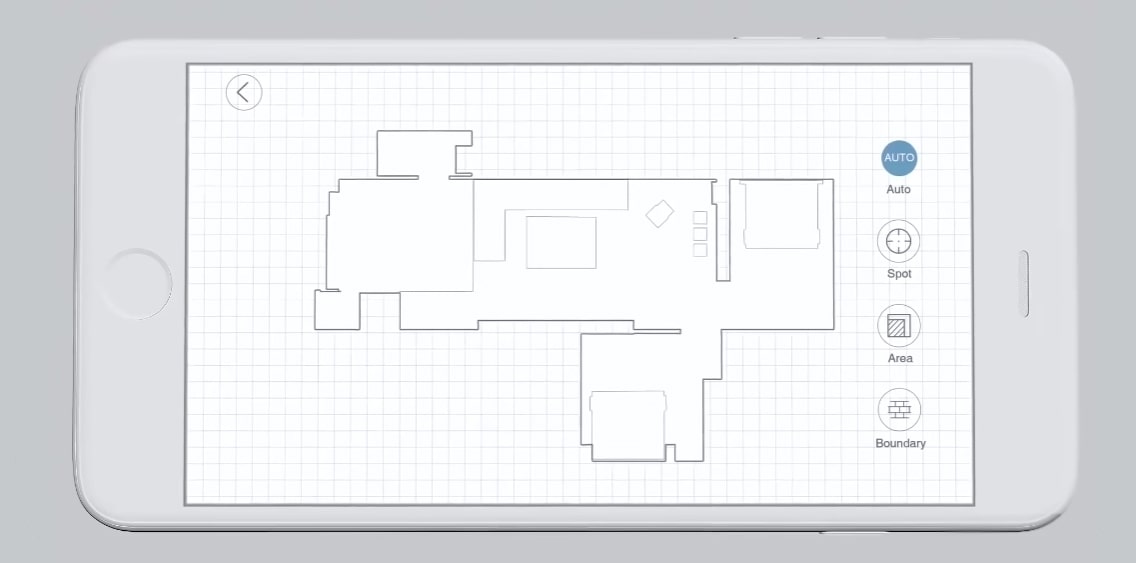
Some vacuum droids have cameras that take a detailed scan of the rooms in your residence. They use this data to create maps you can store in your smartphone to fine-tune your cleaning droid’s activities so that it operates with greater precision.
Gyroscopes
A gyroscope is a device that uses a rapidly spinning wheel or beam of light to figure out if an object is deviating from its desired orientation. These mechanisms are frequently found in compasses and other navigational instruments on ships and aircraft, as well as other things that might need to be steered, such as torpedoes, spacecraft, ballistic missiles, and orbiting satellites. In recent years, gyroscopes have been incorporated into robovacs.
LiDAR
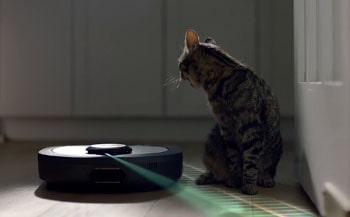
LiDAR (otherwise known as “Light Detection and Ranging”) is the most technologically advanced of all the robotic vacuum navigational methods. It uses lasers to emit light pulses and detect how long they take to reflect off objects. This lets a vacuum bot measure the distance to landmarks in a room so that it can create comprehensive maps of a space.
The ability to map a space makes your vacuum bot more productive. A cleaning droid with a floor plan in its electronic brain can plot the best route through your home, so it doesn’t waste time or energy.
With a map, your cleaning droid moves in straight lines instead of bouncing all over the place. It allows the unit to know where it’s been and where it still needs to travel to and find out precisely where home base is so it can return and recharge.
SLAM
SLAM is short for “Simultaneous Localization and Mapping.” This technology captures over 230,400 data points per second using optical sensors.
This enables the vacuum robot to generate a detailed map of its surroundings while simultaneously locating itself within the space. While LiDAR uses a battery of lasers to map a home, SLAM uses a single camera to collect data points and generate a map.
How to Choose the Right Navigation for Your Robot Vacuum
- Cost – The first thing you need to decide when figuring out which type of robovac navigation you want is how much you’re willing to spend. If cost isn’t a factor, choose a model combining LiDAR and SLAM. That way, you’ll ensure your droid generates the most accurate cleaning maps, significantly boosting productivity. Even though a robotic vacuum might be pricier if it has LiDAR and SLAM, it will be much more efficient than a droid that doesn’t have this technology. That means a cleaning job that takes a bot with technologically sophisticated navigation two hours might take a droid with more primitive navigation five hours. However, if you have budgetary constraints, you might need to make some compromises, such as choosing a model with excellent suction but less accurate navigation.
- Home Complexity – The more complicated your home layout, the more crucial it is for you to select a model with superb navigational abilities. That’s because a bot with inferior navigation might consistently miss a spot at the end of a long hallway or have difficulty maneuvering through your home’s complex maze of rooms. On the other hand, if your layout is relatively simple, it might be better to plunk your money down for a bot with technologically advanced navigation.
- How Quickly You Need to Get the Job Done – Given enough time, almost any robotic vacuum cleaner with adequate suction will eventually get your house clean. That’s because even if the navigation is subpar, it will ultimately go everywhere and clean everything with the opportunity to make enough passes. However, it can take a long time for technologically inferior bots to clean your house. If your residence doesn’t get too dirty and you don’t mind running your bot while you’re at work, you might find that a robot with less powerful navigational abilities does a decent job of keeping your home clean.
Final Thoughts
Nowadays, the most technologically sophisticated robotic vacuum cleaners have top-notch navigational abilities. This allows a unit to nimbly maneuver through your home, hungrily slurping up all the dirt and debris it encounters.
For many people, the added costs of such cutting-edge features are worth it. If you want to explore robotic vacuum navigational abilities for yourself, check out editor’s choice – best vacuum robots 2023.

Robot Tips & Tricks
